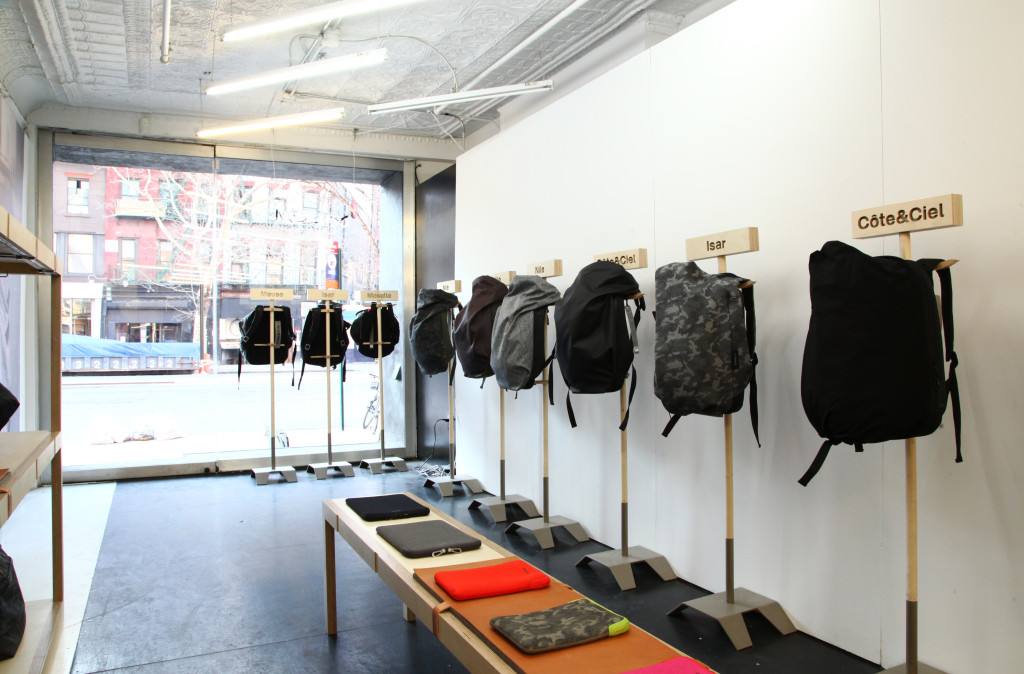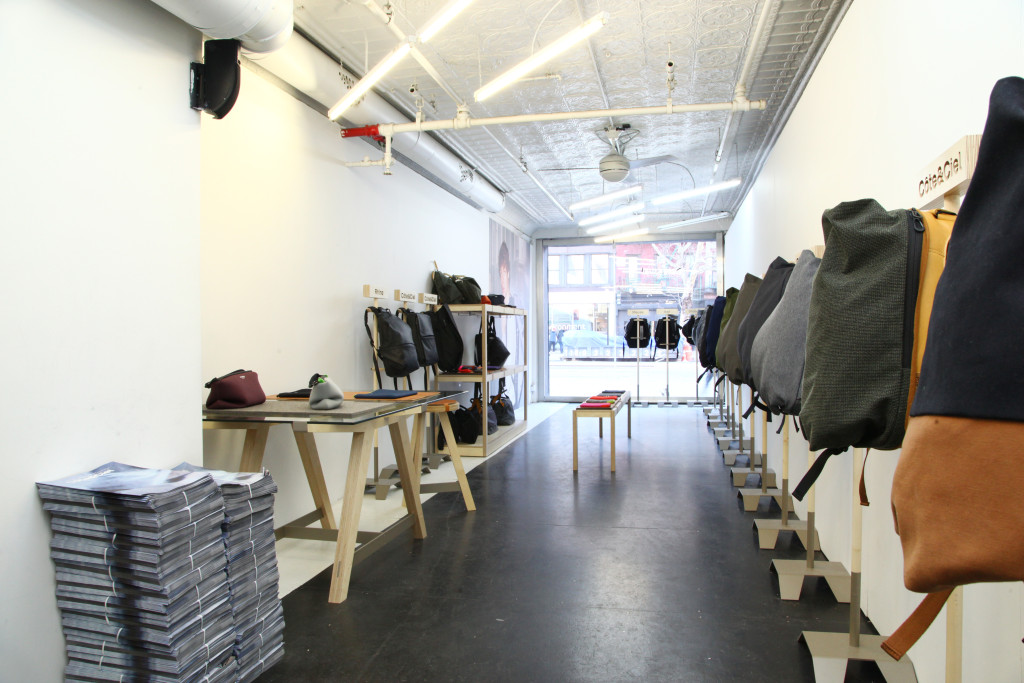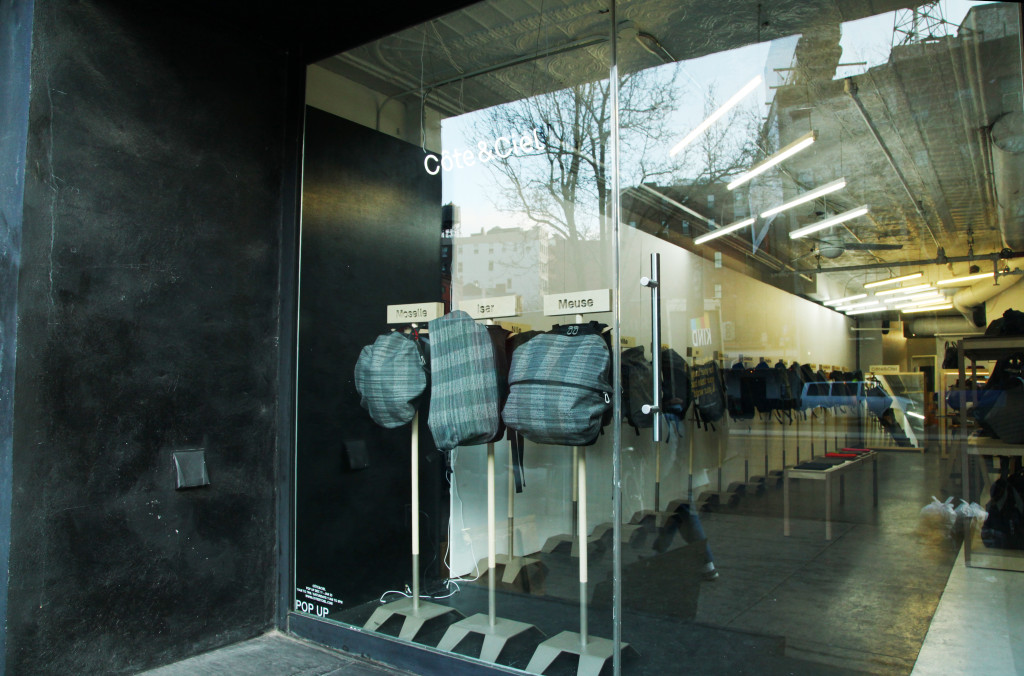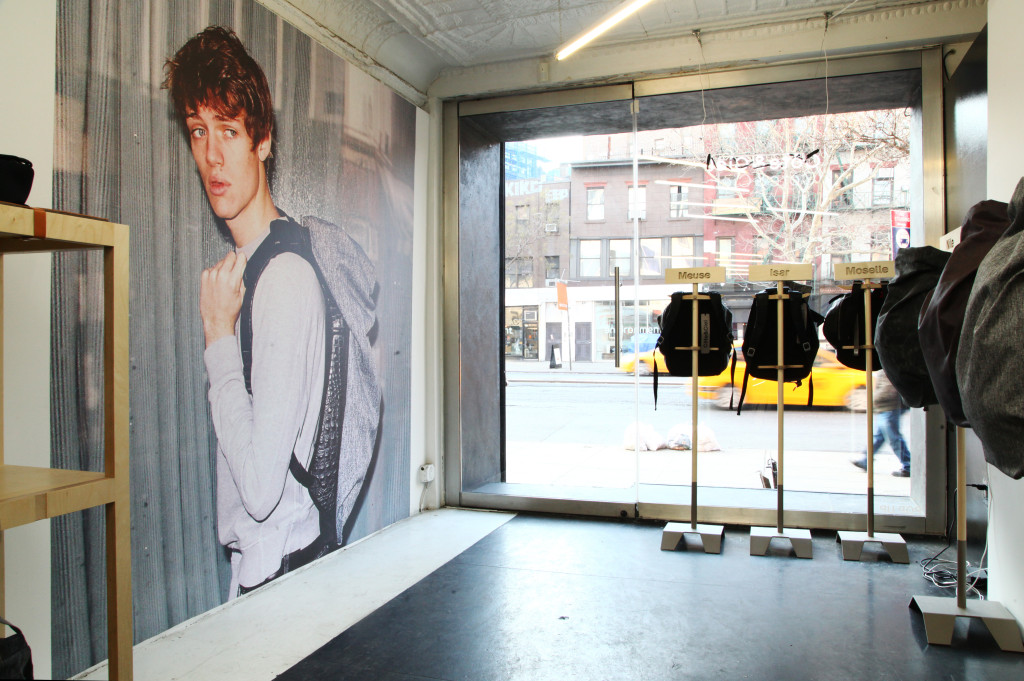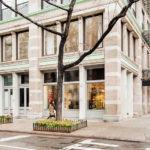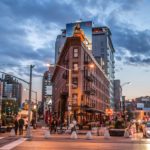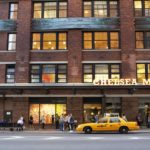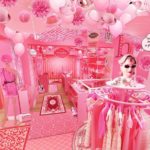According to a survey of over 30,000 global consumers, 60% admitted that they browse products online before ultimately purchasing them in stores. Now consider that e-commerce in 2014, only accounted for roughly 6% of total retail sales (US Department of Commerce).
What does this all mean for your business? – Jon Burbank, President of Strategic Initiatives at Nielsen says, “Now is the time to create Omni-channel experiences for consumers who are actively using both digital and physical platforms to research and purchase, as consumers increasingly don’t make a distinction between the two”.
Over the last two decades, large retailers were forced to build customer experiences to meet the needs of the online consumer phenomenon. At scale, building a successful e-commerce operation takes a big investment, and as we’ve seen from the many companies who did not survive the transition, it’s not as easy as ABC.
The emerging brand is facing a very different struggle. Online sales channels provide a low-risk, high-potential platform to start a business. Pursuing brick-and-mortar traditionally means high-risk, low potential.
When your business is still emerging, staying in the safety zone of growing your business online just makes “sense” right? Consider this: even if you have your online sales dialed in, according to the US Department of Commerce, you will hit your glass ceiling at just 6% of the available market.
So how does an emerging business on a budget take the leap to build an Omni-channel customer acquisition model?
Stephan Wembacher, founder of the internationally successful Côte&Ciel says – “Success in retail is all about testing. You have to test it out. The best way to do this is the Pop-Up Store model.”
We sat down with the Paris-based founder to talk about how and why he builds short-term retail experiences. Launching in 2008, Cote et Ciel has found worldwide popularity through their online stores, product placement in numerous retail locations, and a history of pop-up events throughout Hong Kong, Singapore, and Japan. While this may be the company’s first foyer into U.S. markets, Stephan and his team are veterans when it comes to the art of the Pop-Up Store. “I’ve been starting and failing companies for over 15 years. I failed too much. But it’s a constant failure that gets you further”.
December 2014, Côte&Ciel built their first US Pop-Up in New York City. Traditionally a luxury accessory brand, C&C recently developed a full set of furniture. According to Stephan, “Paris is not a good place for consumer testing retail products. America is an interesting market and we saw potential for our new product there.”
NYC was the testing ground for the new product. “Initially we didn’t test very well in New York. We had a great location for just over a month, and the first week of the experience allowed us to see flaws in the concept.”
Real world consumer monitoring provides the hands-on experience that online shopping doesn’t allow. But Stephan and his team were not about to stop there. While testing the retail side of the merchandise with new customers was a major objective of the outfit, the ultra-chic Bowery location gave Côte&Ciel the opportunity to invite buyers, press, and department stores to see the product. Utilizing the space as a showroom/retail-store afforded Côte&Ciel huge press opportunities and a number of orders from US retailers and buyers. By week three, sales of their bags and accessories increased dramatically.
“Something unexpected that we learned is that there was a good mix of people who already knew the brand as well as new people who never heard about it. For us, this was a sign of a good first step in the market. Due to the success of this pop-up we are pursuing other test locations in Los Angeles. Our goal is to open a long term shop in both markets by the end of the year.”
The best thing about their operation is how the Côte&Ciel team pulled everything together. They leveraged their US contacts to help them scout the spaces they found on Storefront. They did a clean minimalist build-out in the space that they put together themselves. And they used every moment of the short window of time to seize the potential for retail sales, press, and retailer contracts.
Experience will always be the leading factor in sales. Building a solid online sales model helps your business tap into the 25% of online shoppers who make impulse buys. But what about the 40% of in-store consumers who make the impulse buy? To second Stephan Wembacher, “The best way to do this is the Pop-Up Shop.”
- Reasons to Open a Pop-Up Shop. The Top 7 Business Benefits of Opening a Pop-Up Shop - November 28, 2025
- Pop Up 101: How To Design Your Pop-Up Store Layout - September 7, 2020
- 5 Reasons Why Your Brand Should Host a Holiday Pop-Up Store - December 10, 2017

